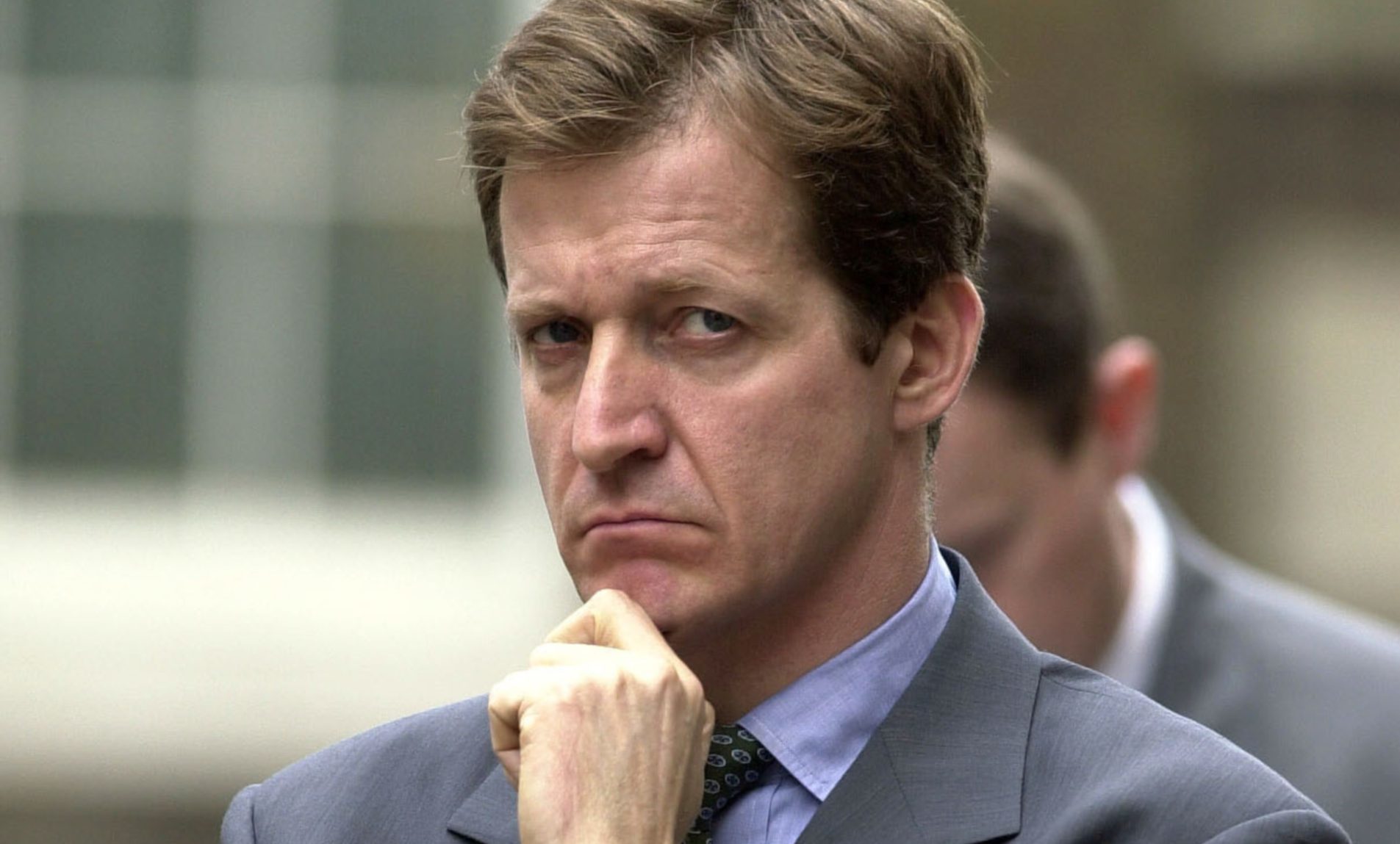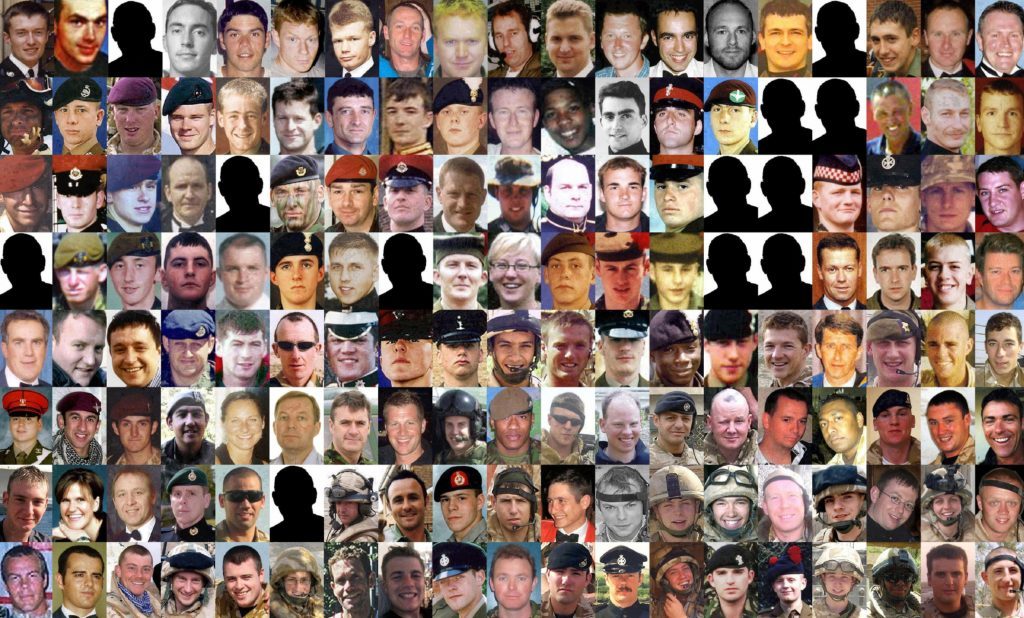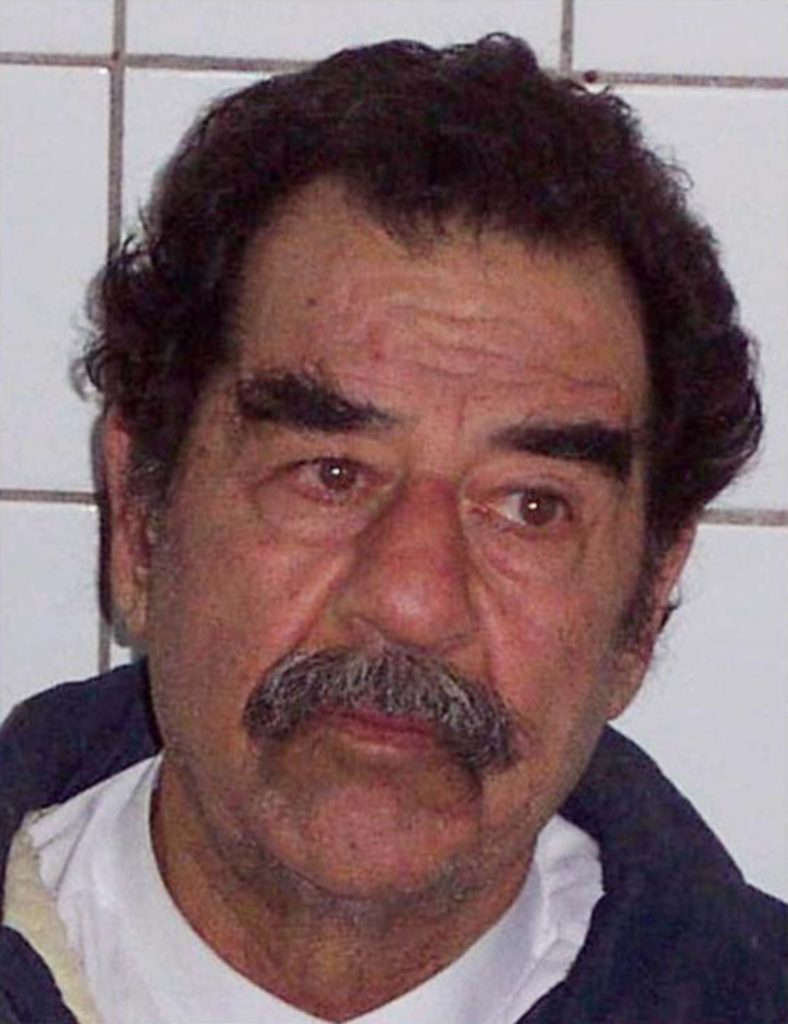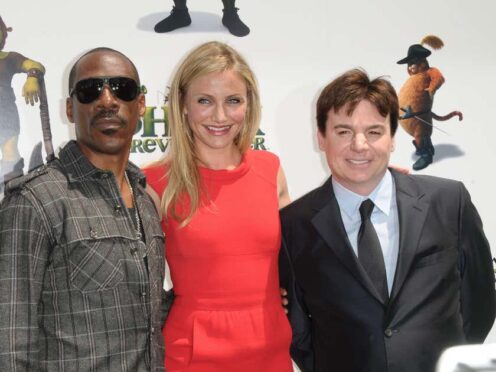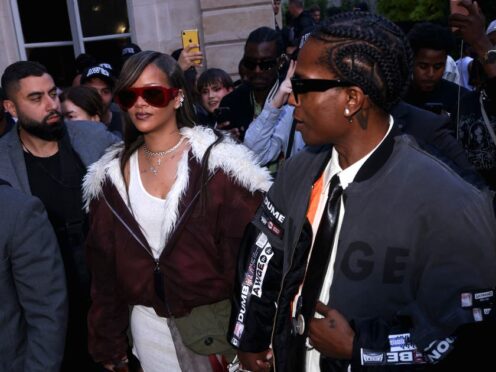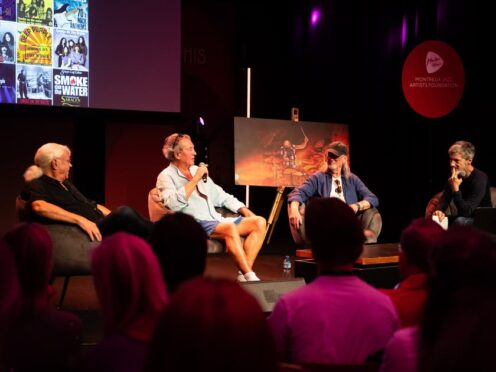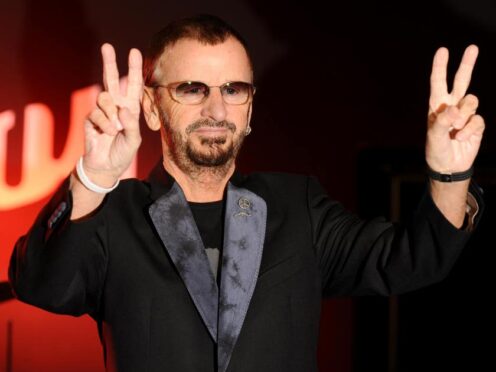Former Downing Street director of communications Alastair Campbell said the Chilcot Report is the fourth inquiry to clear him of “sexing up” a Government dossier on Iraq’s supposed arsenal of weapons of mass destruction (WMD).
While acknowledging that the report had uncovered “many mistakes” in the preparation for war, Mr Campbell said its core findings had “laid to rest” a string of allegations made by Tony Blair’s critics, including the claim that the former PM secretly pledged to join the US in military action at a 2002 meeting with president George Bush in Texas.
In a staunch defence of his former boss, Mr Campbell rejected claims that Mr Blair was “cavalier” about military action, insisting that he did everything he could to prevent war and agonised ceaselessly about its possible consequences.
In a blog released shortly after the publication of the Iraq Inquiry report, Mr Campbell said: “That is four inquiries now which have cleared me of wrongdoing with regard to the WMD dossier presented to Parliament in 2002, and I hope that the allegations we have faced for years – of lying and deceit to persuade a reluctant Parliament and country to go to war, or of having an underhand strategy regarding the respected weapons expert David Kelly – are laid to rest.”
The report had shown “there was no secret deal, there was no lying, there was no deceit, there was no ‘sexing up’ of the intelligence”, said Mr Campbell. “What there was was a decision, a set of decisions, which ultimately had to be made by the prime minister.”
blog: mistakes yes, but no lies, deceit, secret deals, 'sexing up'. And ultimately a matter of leadership/judgement https://t.co/MZ9NFYWg4p
— Alastair Campbell (@campbellclaret) July 6, 2016
Mr Campbell said “conspiracy theorists” continued to claim Mr Blair took Britain to war for oil, or to please Mr Bush or because of a “Messiah complex”.
But he insisted: “I was one of the few people who saw the process of his making the decision close up, virtually round the clock, around the world.
“Far from seeing someone hell-bent on war, I saw someone doing all he could to avoid it. Far from seeing someone undermine the UN, I saw him trying his hardest to make it work. Far from seeing someone cavalier about the consequences of war, I saw someone who agonised about them, and I know he still does, as do all who were there, part of his team.”
Mr Campbell said the world was “a better place” for the removal of Saddam Hussein from power.
He rejected claims that the Iraq war had led to the rise of the Islamic State terror group – also known as Isis or Daesh.
IS had risen in Iraq, Syria and Libya and become a threat to Europe largely because of the “premature departure” of international troops from Iraq and a failure by European powers to intervene to prevent the emergency of failed states, he said.
